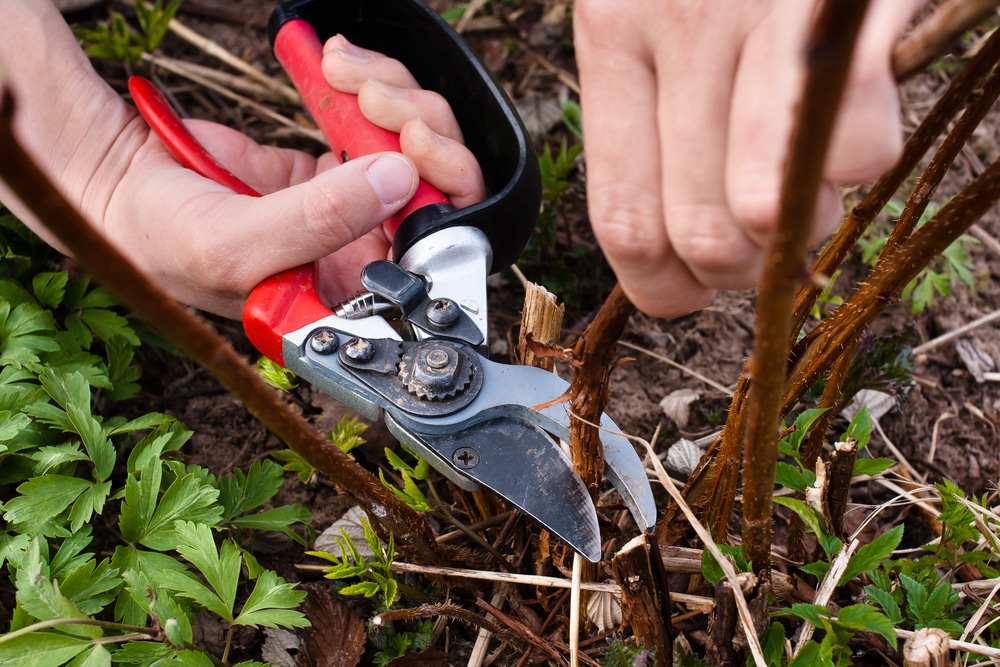


remove old flowers from perennials (phlox, shasta daisy, purple coneflower) to encourage re-bloom.for white pines, only trim the growth from April.only trim green growth on conifers any brown wood will not regenerate.shape narrow-leaf evergreens (hemlock, juniper, arborvitae) to their desired size.trim the top of hedges (holly/boxwood) so it’s narrower than the bottom.prune spring flowering trees immediately after blooming.prune berry shrubs (holly) while flowering to help prevent removing all berries.remove any remaining winter damage from trees and shrubs.cut oldest shrub limbs near ground level to help rejuvenate growth.prune spring-flowering shrubs (forsythia, lilac) immediately after flowering.prune roses before new spring growth begins.prune overgrown broadleaf shrubs (boxwood, holly) to the desired size, but don’t prune more than one-third of the growth.trim ornamental grasses before spring growth begins.shape summer flowering shrubs (butterfly bush, rose of Sharon, flowering hydrangeas).prune and train fruit trees (apple, pear, cherry) regular maintenance at the proper time helps produce more fruit.Light pruning can be done toward the middle or end of summer. heavily prune trees with sap (birch, maple, elm) in the coldest part of the year when it’s dormant.shade trees (oak, hickory, sycamore) are dormant during this time, so it’s best for pruning.Prune any branches damaged by winter storms.

While you want to remove any dead or dangerous dangling branches at any time of year, follow the timeline below for more tree pruning tips. Depending on the type of tree or shrub, there’s a better month to prune and shape the plant for optimal growth, blooms, or fruit. Just as the seasons change, so does the tree pruning timetable. When is the Right Time to Prune? A Seasonal Timetable for Different Trees


 0 kommentar(er)
0 kommentar(er)
